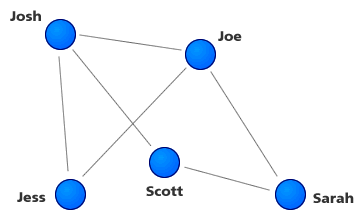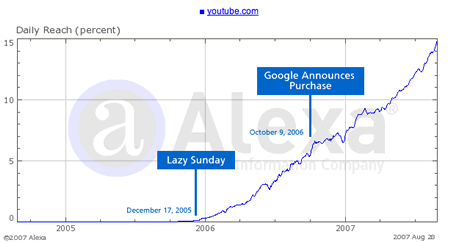September 11th
The Social Graph and Objects of Sociality
Why our relationships can’t be explained without the objects and experiences that we share.
One of the biggest problems on the Web is joining a new social networking site. To do so means going through the painful effort of creating a profile and adding all of our friends, something we’ve done over and over…at least once for each social networking site we already belong to. This is quickly becoming an issue for everyone who uses social networks.
This problem has led to a flurry of activity, highlighted by LiveJournal creator Brad Fitzpatrick’s missive: Thoughts on the Social Graph, in which he clearly outlines the issues involved as well as some worthy goals to shoot for. Brad’s piece was followed shortly after by the Bill of Rights for Users of the Social Web, which among its rights is the right to allow users to syndicate their own profile and friend data. This, of course, would alleviate the squeaky wheel.

In addition there are countless groups getting together to try and solve this problem. The microformats folks are working on building formats to help with this. The DataSharingSummit is an entire event focused on this and related problems. All of this activity is centered around one idea: that people have a social graph that can be represented in software. In other words, we can recreate our offline relationships online and let everyone know about it by sharing some sort of file or feed.
The major axis of the social graph, as Fitzpatrick points out, is relationships between people, or more simply, a list of friends. My social graph, for example, consists of my friends, colleagues, family, and acquaintances. These people I know to some extent or another, some I talk with daily, some I know only online, and some I would rather not speak to. 🙂
Continue Reading: The Social Graph and Objects of Sociality

